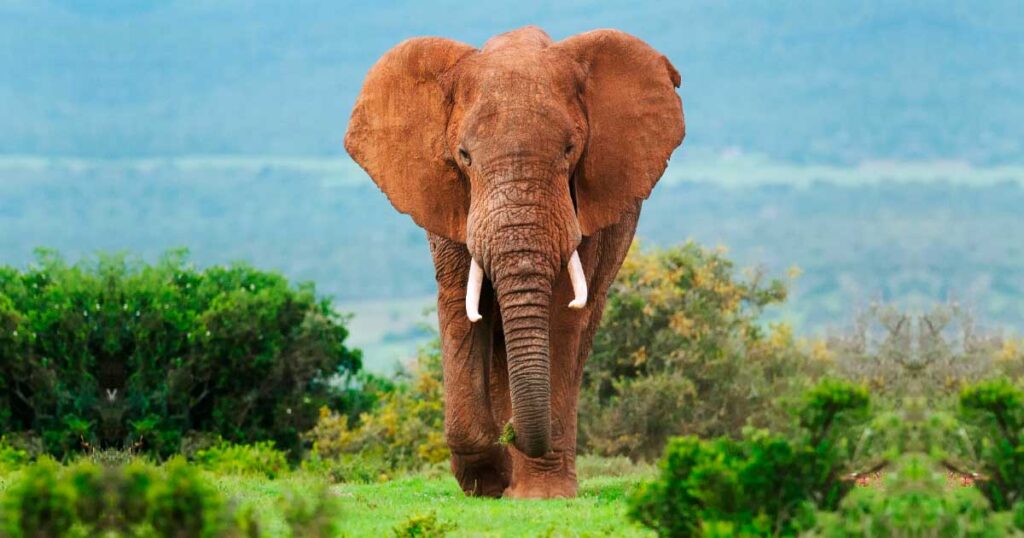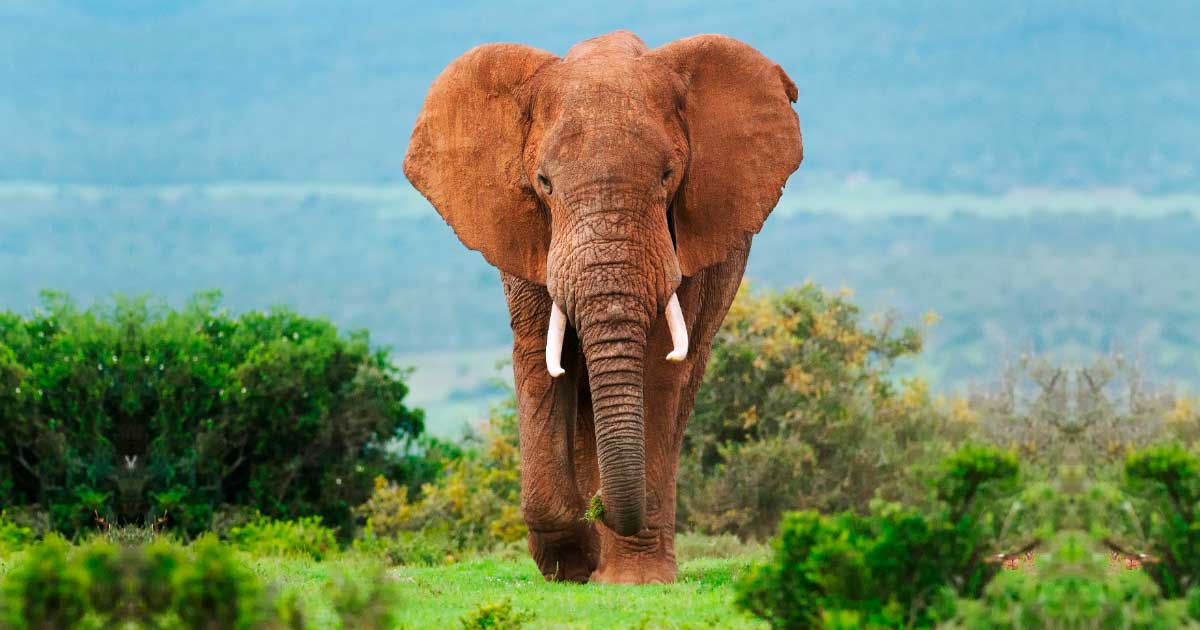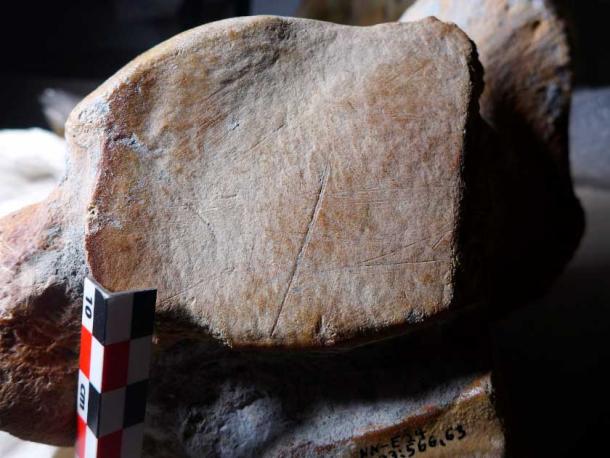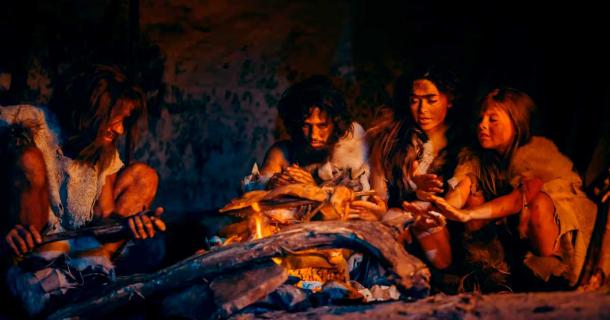

New evidence has emerged that Neanderthals were more advanced hunters and gatherers than previously thought. A study published in Science Advances reveals that these ancient humans hunted and processed elephants as a major source of food. The findings, based on an analysis of marks made by stone tools on bones of straight-tusked elephants found in Germany, suggest that Neanderthals lived in larger groups or had ways of preserving flesh.
Extinction Due to Human Intervention
A new study published in Science Advances sheds light on the behavior and hunting patterns of Neanderthals. The findings reveal that these ancient humans regularly hunted and processed elephants as a major source of food.
An analysis of marks made by stone tools on a trove of bones of straight-tusked elephants found near Halle in central Germany, suggest that Neanderthals either lived in larger groups than earlier suspected or had ways (yet unknown) of processing flesh, so that it would not spoil. In fact, each carcass was so big, families would have needed to stay in the same place for months to consume it all, hence the researchers believe that communities were much larger than single family units.
“Hunting these giant animals and completely butchering them was part of Neanderthal subsistence activities at this location,” Wil Roebroeks, a co-author of the study, told AFP. This constitutes the first clear-cut evidence of elephant hunting in human evolution,” added Roebroeks, a professor of archaeology at Leiden University in the Netherlands.
It is no secret that humans hastened the extinction of the straight-tusked elephant’s ( Palaeoloxodon antiquus) relative, the woolly mammoth. Standing 4 meters (13.1 feet) taller, the straight tusked-elephant was in fact larger than both the modern African elephants and the woolly mammoth! Weighing up to 13 tons, it lived till 100,000 years ago across Asia and Europe, surviving the ice ages 700,000 years ago in southern Europe and Western Asia, expanding into central Europe during the interglacial periods.

Deep cut marks on the heel bone of a male elephant (Individual E24), ~50 years of age at death. Easily visible with the naked eye, the longest cut mark in the center of the picture is c. 4 cm. Disarticulation of foot bones enabled access to the rich fat deposits in the elephant’s foot cushions (Wil Roebroeks/Science Advances)
The Neanderthal Diet and Trapping the Mega Fauna
While the specter of hunting such a large and vicious beast seems terrifying, the new study led by Professor Sabine Gaudzinski-Windheuser of the MONREPOS Archaeological Research Center have pointed to abundant cutmarks on bones as proof elephant was part of the Neanderthal diet. In fact, an average male elephant of about 10 tons would have yielded 2,500 daily portions for an adult Neanderthal, at the very least.
The Neumark-Nord 1 site has revealed 3,122 bones, tusks, and teeth, from roughly around 70 different straight-tusked elephants – “calorie bombs” as they have been called. Stone flint tools were used by these Neanderthals to slice off meat, as the evidence has shown.
Adult male elephants were easier to hunt than females, who moved in herds, protecting their young. Thus, the former could be immobilized and moved into mud or pit traps.
“Neanderthals were not simple slaves of nature, original hippies living off the land. They were actually shaping their environment, by fire… and also by having a big impact on the biggest animals that were around in the world at that time,” pointed out Roebroeks.
Roebroks was also referring to the traces of charcoal fire found at the site, probably used to dry meat by hanging on racks, and building a fire underneath. At the same time, he estimated that the bands of Neanderthals were clearly bigger than previously imagined, as it would take roughly 20 adults to finish off a 10-ton elephant within a week, before it rotted, according to AFP. Of this time, 3-5 days would be needed just to strip off all the flesh and process it by drying or smoking.

Ancient human family cooking animal meat over a fire. (Gorodenkoff/Adobe Stock)
Every last piece of the elephant was consumed, including brains and the bulky fat pads beneath the feet. Another estimate suggests that every last piece of flesh from one of the larger elephants would have fed about 100 adults for a month, according to a report in New Scientist.
Neanderthals: More Sedentary Than Previously Thought
This also implied that Neanderthals were likely more sedentary than previously thought. In a larger sense, the social and cultural implications of this find are immense – it suggests that hundreds of Neanderthals potentially came together to exchange ideas, culture, genes, and stories!
Another study from 2021 supports this hypothesis. In Germany itself, Neanderthals were shown to have cleared forests to settle, one of the earliest examples of human beings modifying the environment to have landscape level effects.
The researchers “make a good case these huge food packages mean much larger groups,” concluded University of Reading archaeologist Annemieke Milks, who was not involved in the research, in an exchange with Science. “Maybe it’s a large, seasonal gathering, or they’re storing food—or both.”
Moving forward, though this evidence is not fully conclusive, archaeologists and researchers plan to look for more patterns that allude to this behavior in other groups of Neanderthals. Can the behavior of one group in Germany be a template for the behavior of other groups across the world?